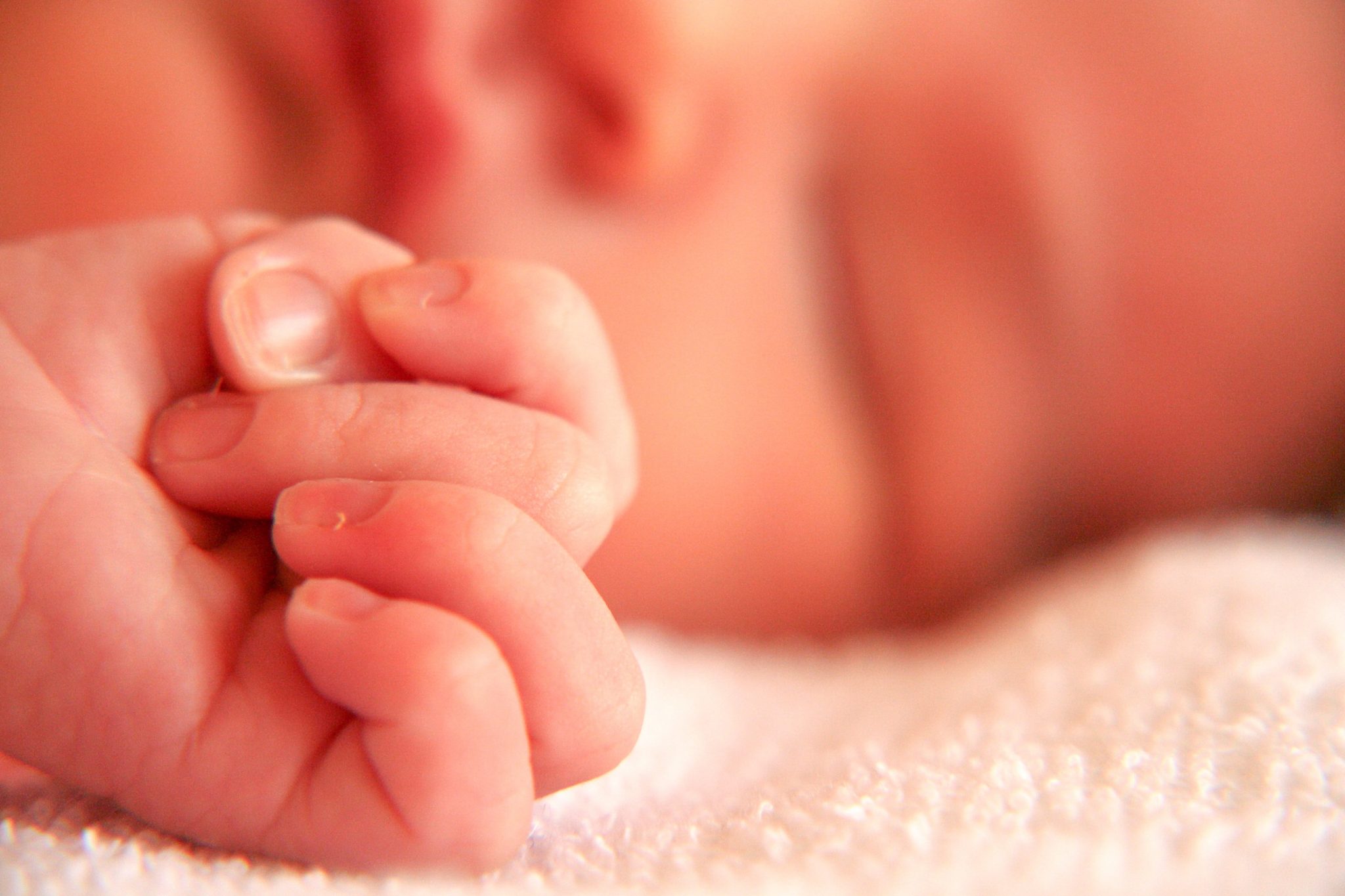
19 Aug Baby & Toddler Sleeping Habits
Opinions about babies’ sleep habits – how much they need, what time of day for naps, and more – are as common and multiple as strollers in a park on a sunny summer’s day.
Whether you are expecting your first child or you’ve just had your third, everyone is all too happy to tell you what’s best. Friends, colleagues at work, and well intentioned mothers and mothers-in-law are often quick with advice and counsel… “do this, don’t do that…why are you doing that?” It can be unnerving and downright annoying for even the most experienced mum, particularly if you’re in the early stages with a restless newborn who is not sleeping well or easily, leaving you overtired, listless and – let’s be honest – with every right to be a bit cranky.
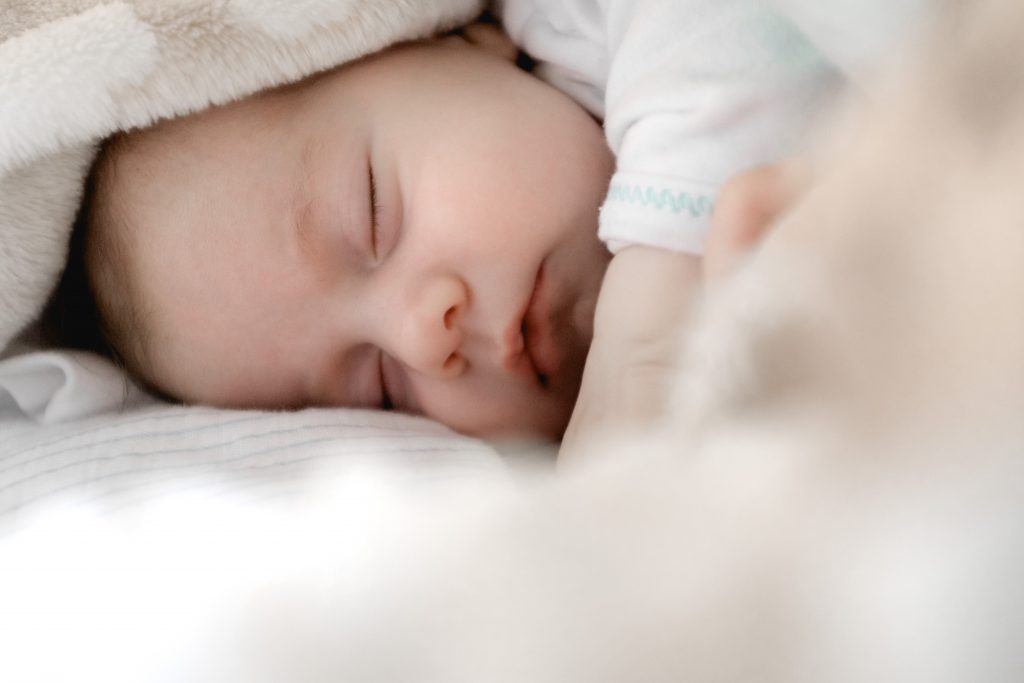
What to do? How to get your little one to sleep consistently, enough during the day and night to recharge their batteries and help them grow and develop? Fear not: we have some simple guidelines that help make their nights more restful, and consequently help you get some much-needed sleep, too.
It’s very important that you establish a night time routine for your little one early. For the first four months, babies should sleep approximately 18 hours per day. Some need a wee bit less, but as a general rule, 18 hours is what they need to bloom, grow and develop mentally. You can implement a nighttime routine in several ways:
Reduce Stimulation
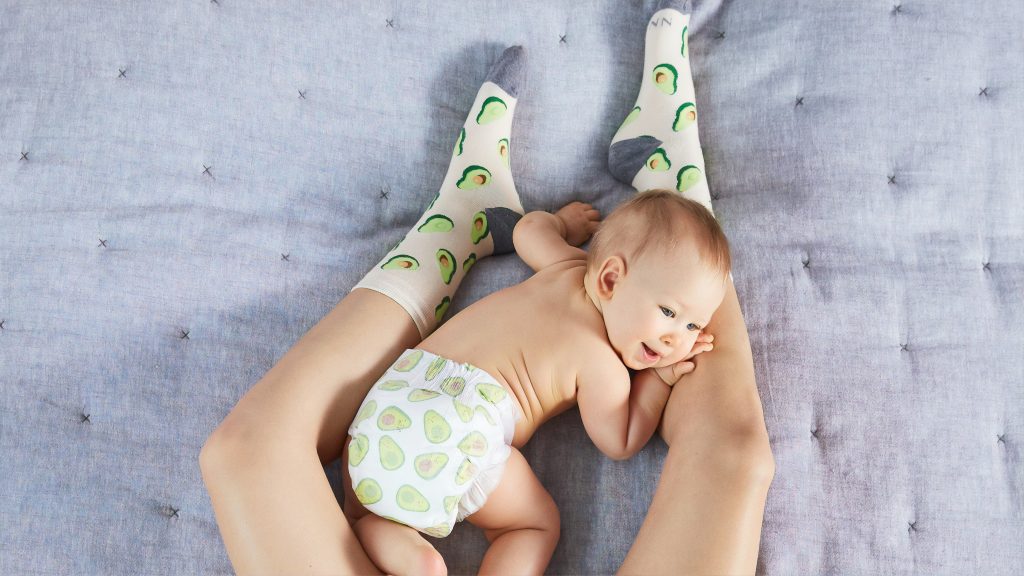
Turn the television off and put your phone down, or turn it off entirely, about one hour before bedtime. Let’s say your baby goes to bed at 6 or 7 p.m. After dinner, give them a half an hour of gentle activity, like crawling around, if they are at that stage. Or play with them on the floor with one of their favourite stuffed animals or toys; just don’t get them too wound up.
Bath Time
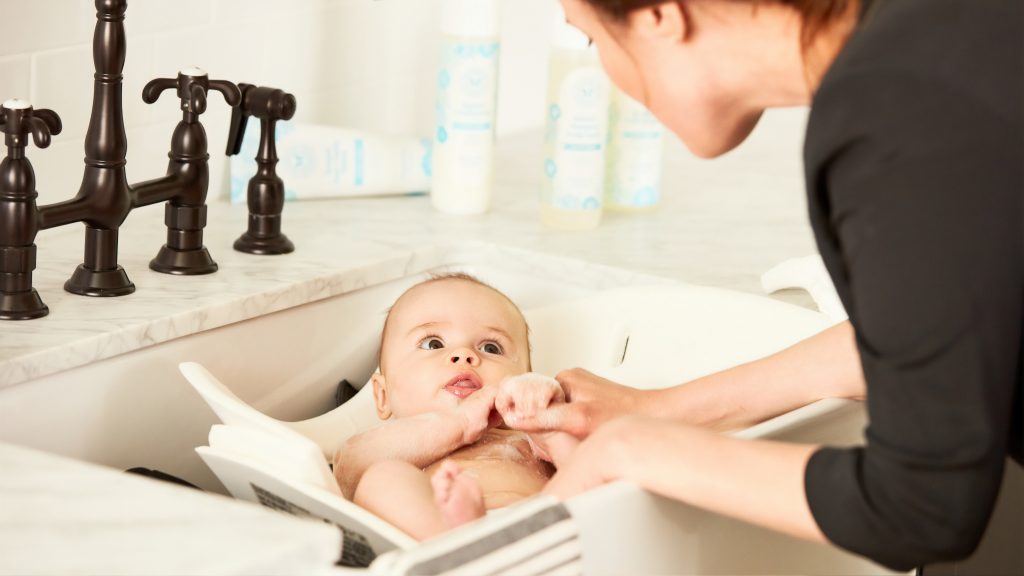
Babies and toddlers love a warm bath, just like adults do! Then put them straight into pyjamas and a fresh diaper, and into the crib. Resist the urge to keep them awake just because grandma is dropping by and wants to see them. Give them 10 or 15 minutes with you, for lots of kisses and cuddling, before it’s time for stories, with the lights very low. This helps children unwind and become calm, and before you know it, they will be drowsy or sound asleep.
Book, Bath, Bed
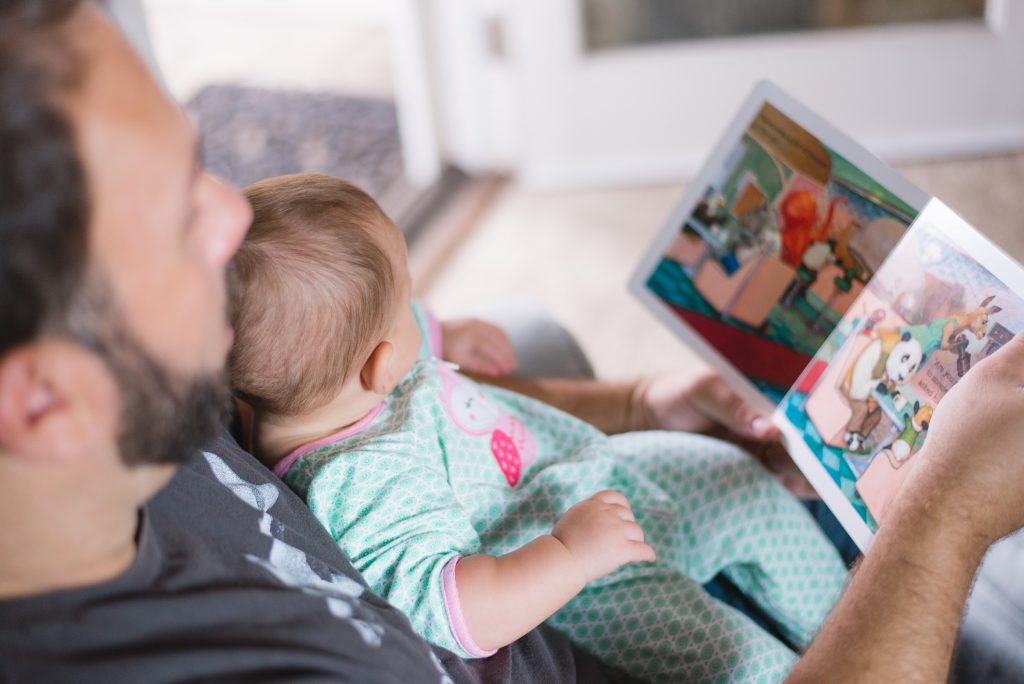
Many experts call this routine the “three Bs” — bath, book, bed. Once your child begins speaking, you can teach them this simple phrase and say it with them when the hour approaches.
If all goes well, babies will be asleep more than they will be awake during the first several months. Take them into the dark (or very dim) nursery and put them into the crib, on their back, of course. It’s important that the baby is drowsy but not fully asleep; this way, they fall asleep by themselves and will learn that habit over time. Tip toe out, leave the door ajar if you must, but let the baby carry themselves off the dreamland without you – in the long run, you’ll be very glad you did.
What To Avoid

Parents often get into habits when helping their baby fall asleep that aren’t always helpful, though every mum and dad means well. They rock their baby to sleep, or let them fall asleep while nursing, then put the baby, now sound asleep, into the crib.
Unfortunately, doing these things can lead to babies being unable to fall asleep alone, and that can create issues later. Letting them fall fully asleep on their own will create more “independent” sleepers and get them used to being alone in their nursery or bedroom.
When To Peek In?
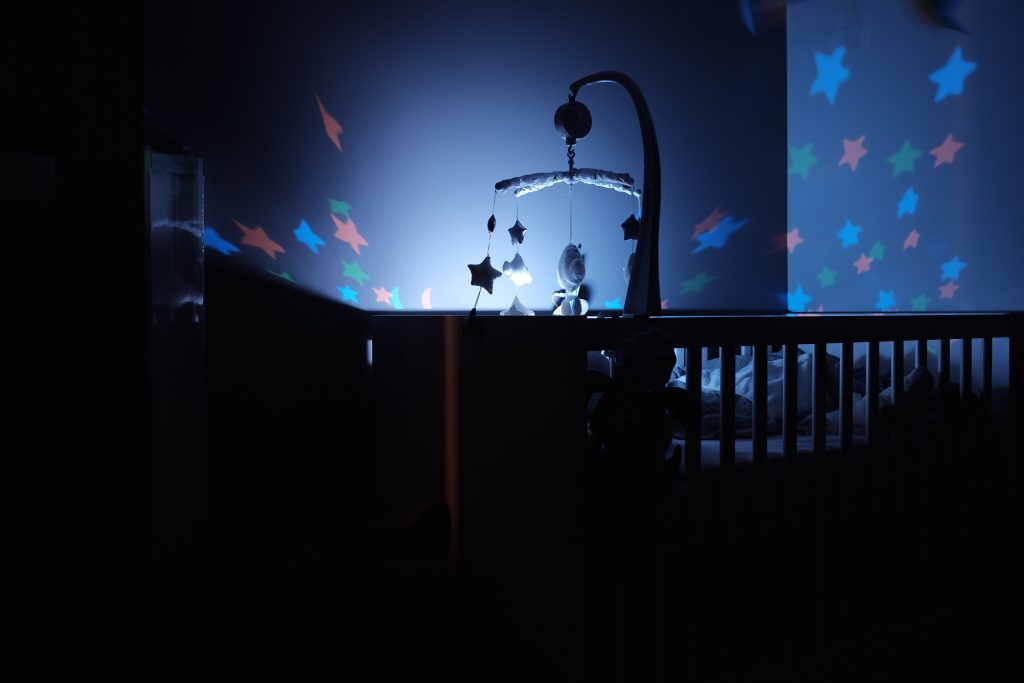
Whole books have been written about whether a crying baby should be left to “cry it out” in a crib. It’s easy for so-called experts to debate it; it’s far harder for a parent to listen to their baby wail and not go to them immediately.
Your decision on this is a personal one; only you know and understand your baby and their needs completely, no matter what others may suggest. But a brief, little cry occasionally is not likely cause for alarm, and there is probably no need to rush into the nursery.
On the other hand, no parent should leave a baby who is crying for an extended period, or is clearly in some distress.
The Ups & Downs Of Nap Time
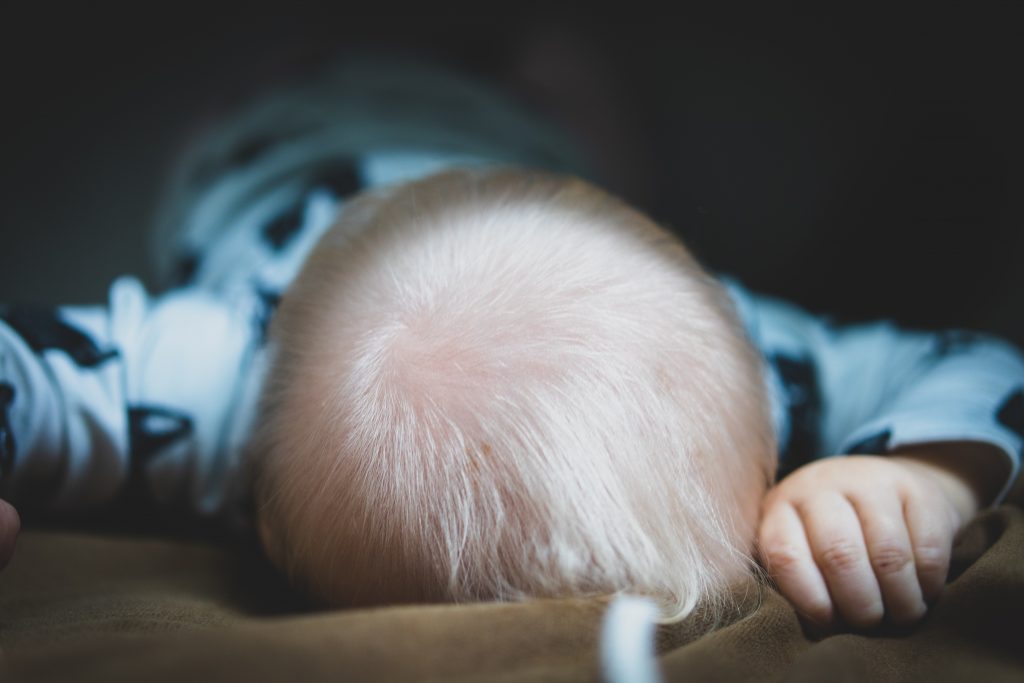
And what about naps? Of course these depend entirely of the age of your child, as well as their disposition. But both babies and toddlers give visual cues to their level of fatigue, like yawning and rubbing their eyes. You will learn these cues as they grow, and it’s important to pay attention to them. Ignore them at your peril, because a sleep-deprived baby is a stressed, cranky baby, and it is harder for them to fall asleep when in that state. Take your child to the bedroom or nursery, get them changed, and cuddle with them like crazy for a few minutes. You’ll both feel better after that, and baby or toddler will fall asleep easily.
Three important points to remember for children of all ages are: no sugar, no soda, and no screen time before naps. These are too stimulating, and getting them to sleep will prove very difficult.
Every Baby Is Different
Because every child is different, every set of sleep habits will be different, too. We often hear stories of a mother with two children who will say her first child slept “like an angel!” while her second slept “like a devil!” That’s code for, “very well,” and “very little.” But parents can do a great deal to regulate their children’s sleep cycles; pay attention to visual cues and behaviours; follow the “three Bs,” and even play quiet, calming music for a bit in the bedroom or nursery.
With a little luck and a lot of patience, your little darling can learn to sleep like a happy, contented angel, too.